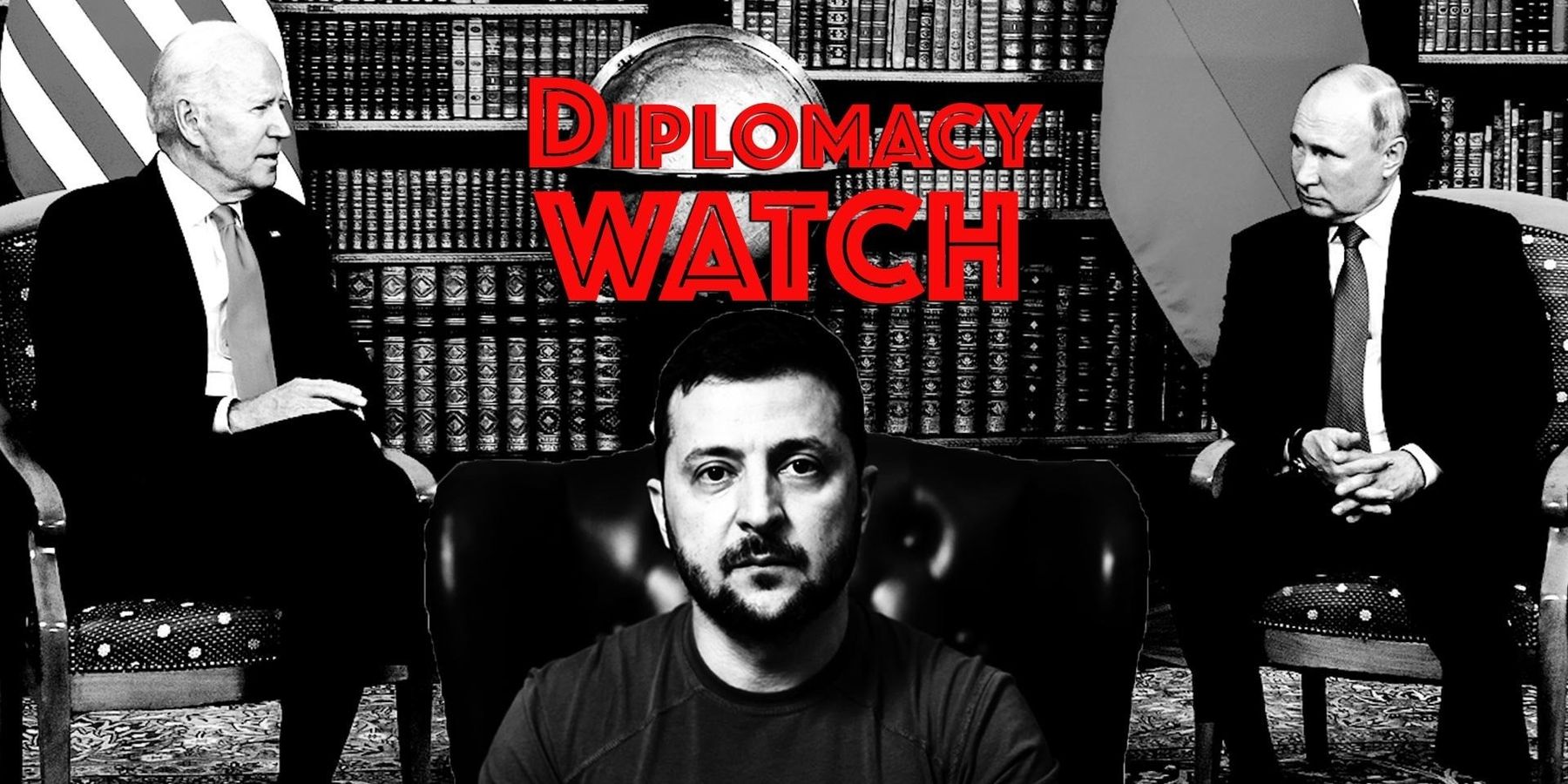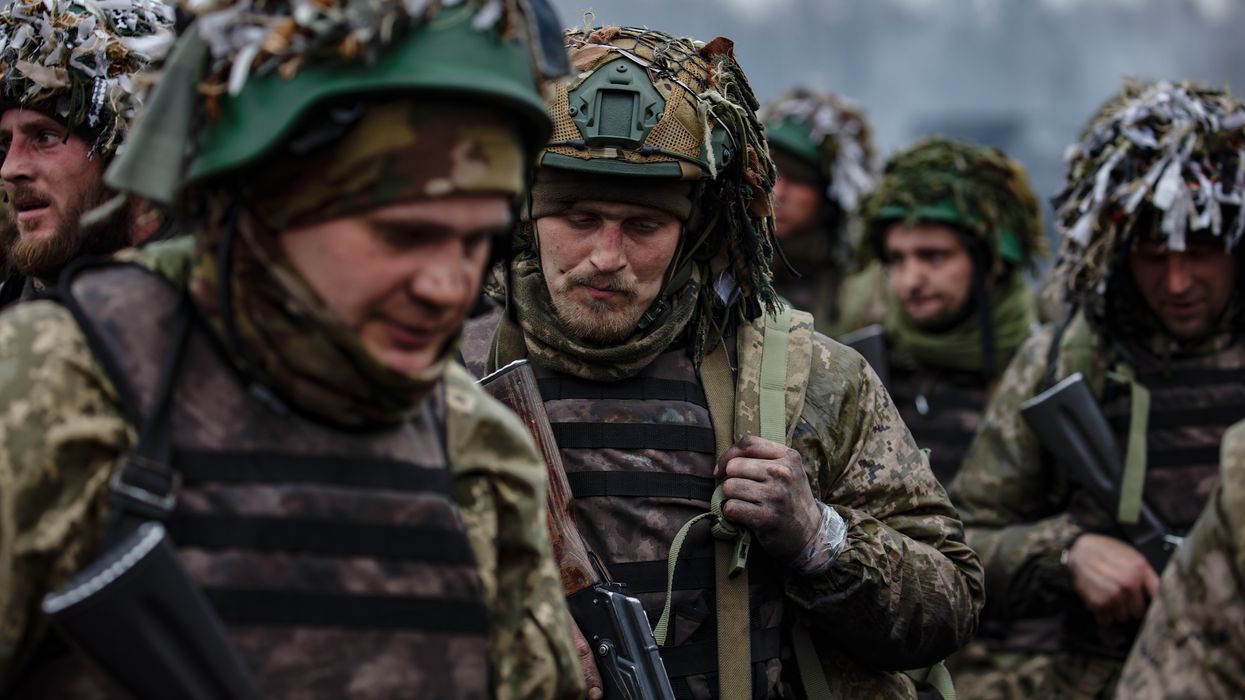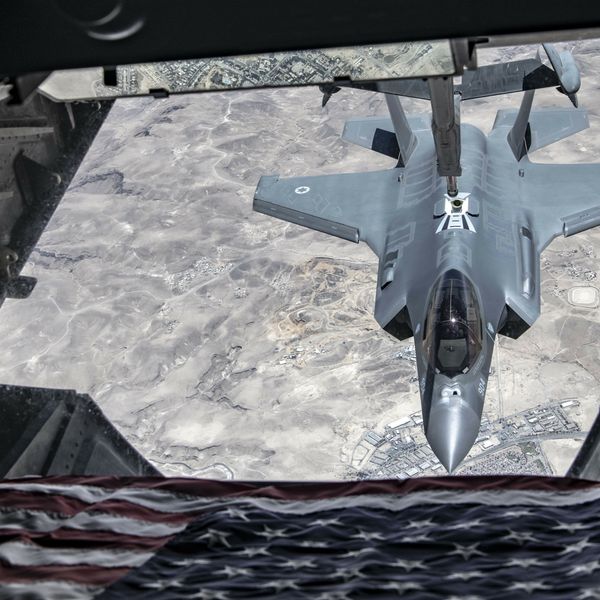The New York Times this week published a story that added on-the-ground reporting in Kyiv to the growing accumulation of evidence that suggests that public opinion in Ukraine over how to end the war is more divided than it has been at any point since the February 2022 Russian invasion, and more complex than media narratives have often assumed.
The Times calls the trend “a palpable shift in the conversation around peace talks — from a no-deal-not-ever to a maybe-compromise-at-some-point.”
As recent editions of Diplomacy Watch have outlined, a series of polls of Ukrainians have shown that public opinion has moved meaningfully towards an acceptance that the war may have to end in a negotiated settlement.
Two weeks ago, the Ukrainian online newspaper ZN.ua published a surveythat found that almost 44% of Ukrainians believe that it is time for official negotiations with Russia to begin, nearly double the 23% that held that position when a similar poll was conducted a year ago.
Last week, a poll published by the Kyiv International Institute of Sociology revealed that the share of Ukrainians open to making territorial concessions in exchange for an end to the war has tripled in the last 12 months, from 10% to 32%.
As the Times story points out, there is little clarity on what the contours of such a peace deal would look like. In the ZN.ua poll, for example, 83% of respondents were opposed to Putin’s publicly stated conditions for a ceasefire, while just over 60% said they were not prepared to make concessions to Russia in order to obtain a peace deal.
More than half of respondents in the KIIS poll agreed that Ukraine should not cede any territory to Russia.
Even though there is little agreement on what the endgame will or should look like, the trend in favor of some kind of compromise is clear. As QI’s Mark Episkopos argued in The Nation in late June, understanding the complexity of Ukrainian public opinion is an important step toward ending the war.
“[C]ontinuing to conflate the interests of the Ukrainian government with the hopes and aspirations of the Ukrainian people is a way of ducking responsibility. Refusing to see how this ruinous war is driving Ukrainian appetites for an end to the bloodshed allows Western policymakers to fall back on oversimplified, unfounded presumptions about Ukrainian public opinion, rather than develop a coherent, viable, and humane strategy for ending this war,” Episkopos wrote. “Caricatures of a totally unified Ukraine behind the Zelensky government only help gloss over real and growing challenges facing the nation—often in service of war aims that are becoming more impossible by the week.”
Among elites, signs have been more subtle, but there is evidence that Ukraine may be exploring the possibility of engaging directly with Russia. Ukraine’s foreign minister visited China for the first time since the invasion last week, and on Wednesday, Kyiv invited Beijing’s top diplomat to come to Ukraine. President Volodymyr Zelensky has also said he wants Russia to attend its next peace summit, though Moscow has so far remained noncommittal about participating.
In other diplomatic news related to the war in Ukraine:
—In more public opinion news, Pew released its latest poll, conducted during the first week of July, about American attitudes toward the war. The survey revealed stark partisan differences. Among Democratic or Democratic-leaning respondents, 63% said that Washington had a responsibility to defend Ukraine against Russian aggression, compared to 36% of Republican or Republican-leaning respondents.
A 36% plurality of Democrats also said that American support for Kyiv so far was “just right,” with 27% saying it was “not enough,” and 13% saying it was “too much.” Among Republicans, nearly half of respondents (47%) chose “too much” compared to 18% who said “just right” and 12% answered “not enough.” Just under a quarter of respondents in each party said they were not sure.
The breakdown was fairly similar to when the same question was asked in Pew polling in January 2023, December 2023, and April 2024, suggesting that partisan differences have solidified in the past 18 months.
— The United States and Russia, along with Germany, Poland, Slovenia, Norway, and Belarus, conducted the largest prisoner exchange since the Cold War on Thursday. A total of 26 prisoners were exchanged, including Wall Street Journal reporter Evan Gershkovich and former U.S. marine Paul Whelan.
“Now, their brutal ordeal is over and they’re free,” President Joe Biden said. “This is an incredible relief for all the family members gathered here. And it’s a relief to the friends and colleagues all across the country who’ve been praying for this day for a long time.”
Biden and Vice President Kamala Harris welcomed Whalen, Gershkovich, and Russian dissident and U.S. resident Vladimir Kara-Murza just before midnight last night. The three were greeted also by their families in a jubilant reunion according to the Wall Street Journal.
— Since May, Ukraine has been drafting two or three times more people into its military per month than it was in the winter, according to The New York Times.
“Troop shortages have been one of Ukraine’s biggest problems on the battlefield for the past year,” according to the Times. “Russian forces have managed to break through weakened Ukrainian lines by overwhelming them with waves of ground assaults. And the Ukrainian Army has not had enough soldiers to mount large-scale counterattacks.”
According to Foreign Policy, the government in Kyiv is also aiming to mobilize 10,000 convicts in an effort to replenish its depleted forces. Ukraine passed a law in May that allows prisoners to be drafted into the military in exchange for early release.
U.S. State Department news:
—Secretary of State Antony Blinken spoke about the prisoner exchange on Thursday.
“Through many difficult conversations over the past several years, I told the families of those wrongfully detained in Russia that we would not forget them," Blinken said. "I know there are many times over those years where they have wondered if our work would ever bear fruit. But I also know that they never gave up hope, and neither did we."
"My pledge to the families of those still separated from their families is the same that I made to those returning home today," he said. "We will not forget you, and we will not rest until you see your loved ones again."
- Lieven inside Ukraine: some real breaks, and insights ›
- New poll: Nearly 70% of Americans want talks to end war in Ukraine ›
















